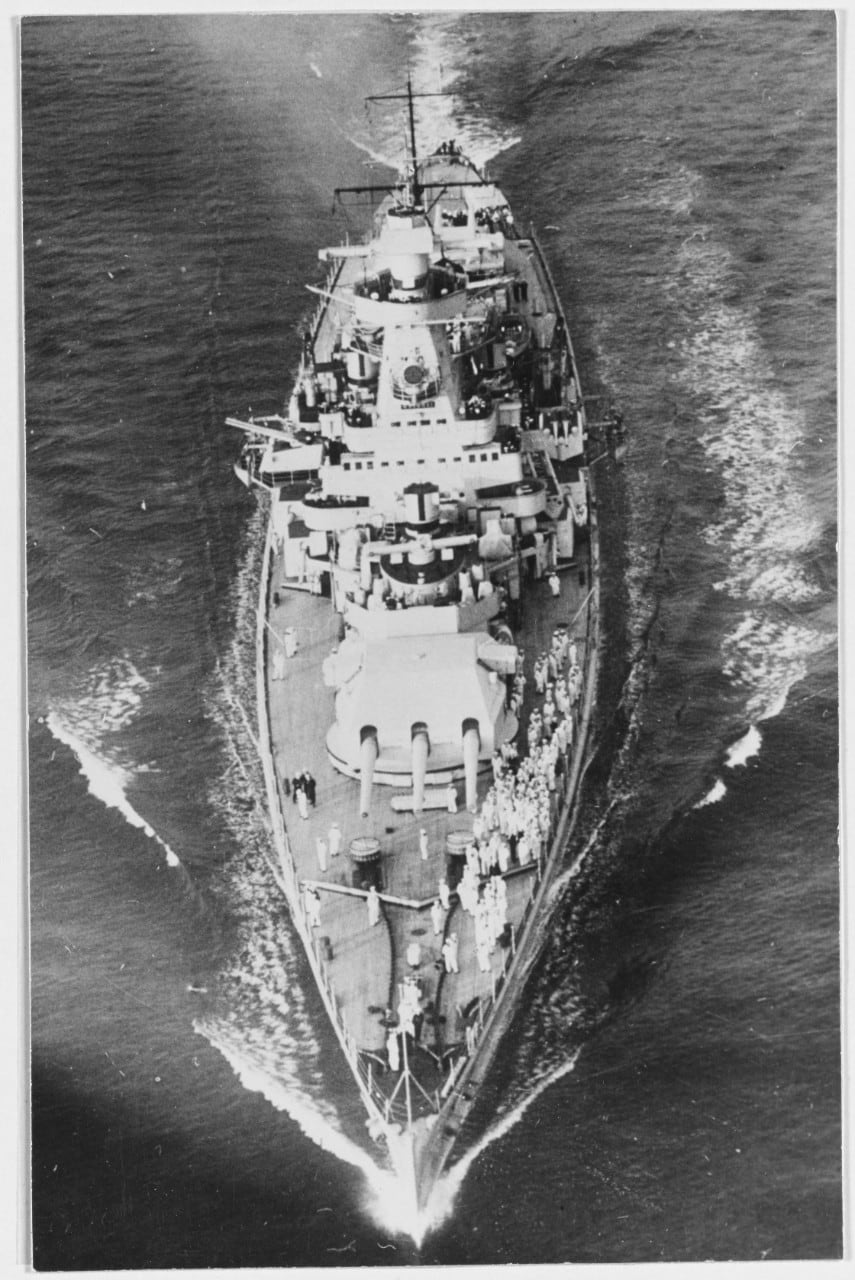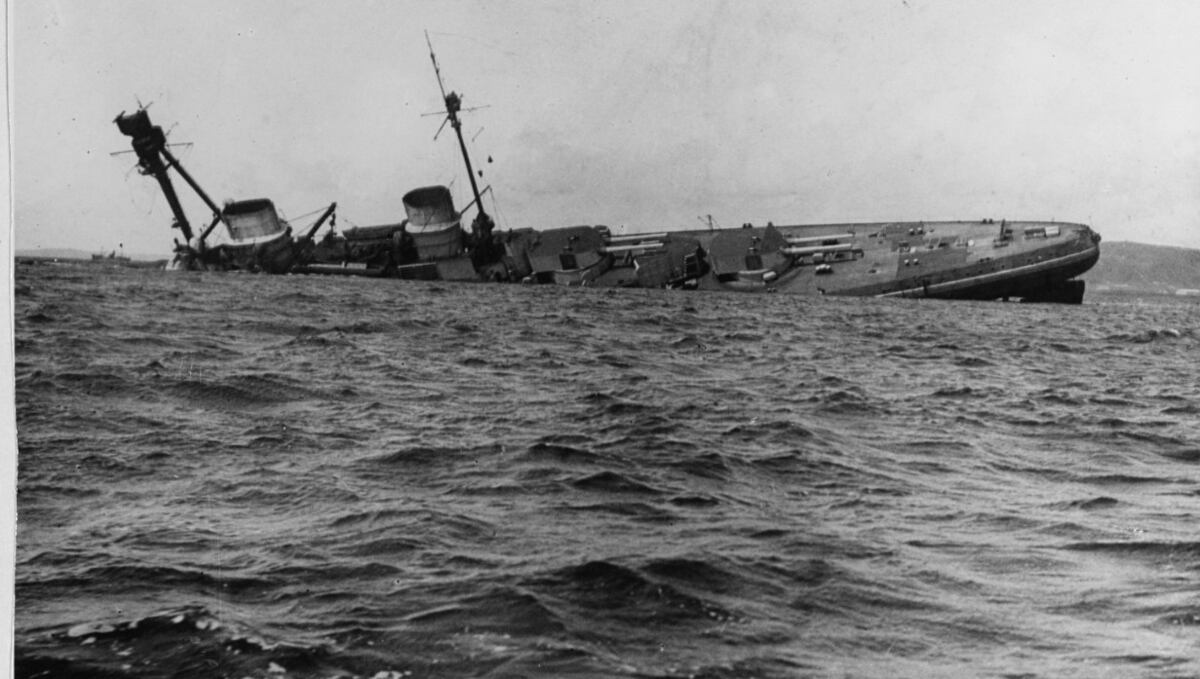MONTEVIDEO, Uruguay — A court in Uruguay ruled Friday that the government must sell a huge Nazi bronze eagle that was recovered off the South American country’s coast in 2006.
The eagle with a swastika under its talons was part of the stern of the German armored cruiser Admiral Graf Spee that sank off Uruguay’s coast at the outset of World War II.
The Third Reich symbol has ignited so much controversy since it was recovered that it has been kept hidden inside a sealed crate in a Uruguayan navy warehouse for more than a decade.
The court ruled that it must be sold within 90 days and the proceeds must be split equally among the investors who organized the effort to recover the eagle from the bottom of the River Plate.
"Everything was done following the law and under a contract," Alfredo Etchegaray, one of the businessmen whose company benefited from the decision, told The Associated Press.
Uruguay’s government can appeal the ruling. Defense Minister José Bayardi told The Associated Press the ministry will not comment until it has reviewed the decision.

Debate around the eagle revived in recent years after the government asked lawmakers and Uruguay’s Jewish community what it should do with the 800-pound bronze piece. Some said it should be exhibited or auctioned; others believed that it should be hidden or destroyed.
The Graf Spee was a symbol of German naval might early in the war. It prowled the South Atlantic and sank several Allied merchant ships before warships from Britain and New Zealand tracked it down and damaged it during the “Battle of the River Plate” that began on Dec. 13, 1939.
The damaged Graf Spee limped into Montevideo's harbor, where injured and dead sailors were taken ashore. Its captain ordered the ship scuttled, sinking it a few miles from the Uruguayan capital to prevent its then state-of-the-art technology from falling into Allied hands.
Most of the crew was taken by ship to Buenos Aires in neighboring Argentina and the captain killed himself there days later.
RELATED

Private investors from the United States and Europe funded a multimillion-dollar effort in 2004 to remove the ship piece by piece from the River Plate. A salvage team in 2006 brought up the eagle.
Thousands of curious people gathered at a hotel in Montevideo where it was exhibited, although the exhibition lasted only a couple of months because of the controversy swirling around the divisive symbol.
Germany then said it was the rightful owner of the eagle and the vessel and opposed it sale, while Jewish groups asked that the swastika under the eagle’s talons be covered with a cloth. Finally, the eagle was stored in the navy warehouse in a sealed wooden crate.




